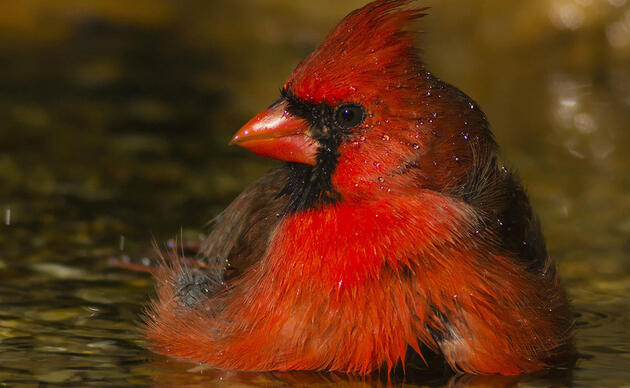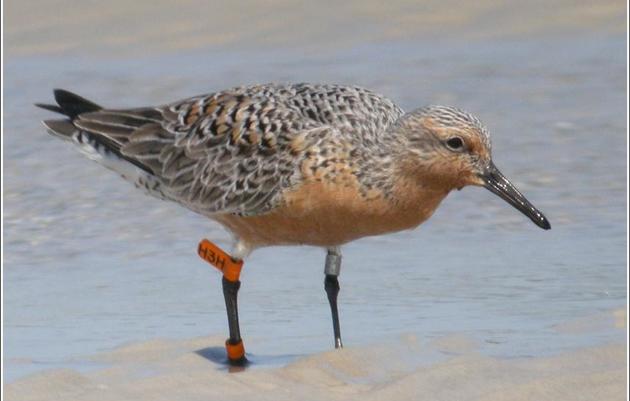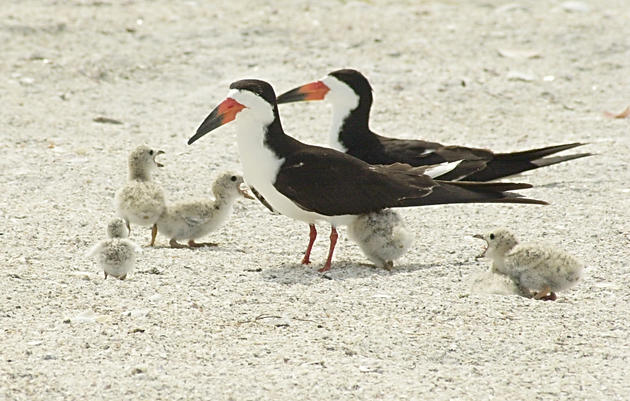It is called a “perpetual summer” species because it travels the globe to keep up with warm weather. This bird spends its breeding months in the Canadian arctic and moves south to the southern tip of South America during non-breeding months. Essentially, a 7,000-9,000 mile journey twice a year, which it travels in roughly 10-14 days!
During its journey, it makes stops along the eastern seaboard to forage on horseshoe crab larvae, clams and other invertebrate species. These stops are perfectly timed with the explosion of invertebrate egg and larvae deposits in order for the bird to gain enough energy to make the long migration. If the timing isn’t right or the weather turns bad or the habitat has become altered, these birds can suffer tremendous losses to their population.
Between 2002 and 2008, Delaware Bay and Tierra Del Fuego reported a dramatic 75% reduction in Rufa Red Knot bird counts as compared to counts from the 1980’s. In 2006, the U.S. Fish and Wildlife Service (USFWS) recognized this decline and designated the Rufa Red Knot as a candidate for listing under the Endangered Species Act (ESA).
On Tuesday, December 9, 2014, the USFWS declared the Rufa Red Knot as a Threatened species on the ESA. This is good news in that greater protections can be afforded to red knot nesting and wintering habitat throughout its US range. However, the fact that this action had to occur in order to protect this species demonstrates the fragile environmental balance this species needs in order to survive.
This species needs our attention, support, and protection in order for long-term health and well-being. There are various threats these birds face during migration, some natural and some man-made. Climate change will threaten forage food and cause shoreline erosion on critical resting and foraging areas. Unregulated horseshoe crab harvesting in the northeast can cause reductions in their primary migratory food source. Increased nutrients in our land-to-ocean rivers can cause red tides and toxicity of forage food. Incompatible recreational uses on our beaches such as beach driving, dogs off leash and kite-surfing too close to resting birds create a disturbance that prevents the birds from putting on the necessary weight to complete their journey.
As new rules and regulations may be proposed due to the recent Threatened status of the Rufa Red Knot, it is important that we support those actions that will protect resting and migratory habitat and forage for this species.
Audubon Florida will keep you informed as local protections begin to form, but we need you to join us in supporting the unique and magnificent Rufa Red Knot. Sign up to receive the Audubon Advocate eNewsletter to stay informed: fl.audubon.org/signup
By Stefanie Nagid
Stay in Touch!
Show your love of birds today. Subscribe to receive email updates about Audubon's conservation work and hear about opportunities to help birds in your area or nationwide.






